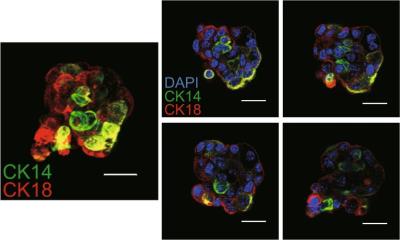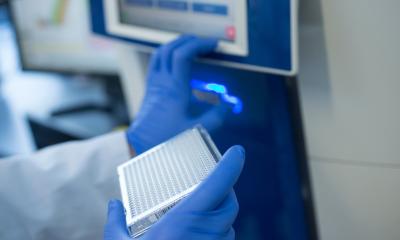Stem Cell therapy repairs lungs in mice
At the Annual Congress of the European Respiratory Society (ERS), which took place in Stockholm, September 15-19, 2007, researchers from the Imperial College London, UK, presented their study about the successful implantation of lung cells grown from embryonic stem cells into the lungs of mice. In future, this method could be used for the treatment of human lung diseases.

As European Hospital already reported, stem cell therapy is used as treatment method of cardiac infarction or peripheral arterial occlusive disease. Stem cells are able to differentiate into many types of body cells and there is hope that it could be used for treatment of many conditions in future. On lung diseases, stem cell therapy has not yet been tested. The study presented in Stockholm, although tested on mice, could be the starting point.
Currently 80 million people are affected by COPD worldwide, numbers increasing. The WHO believes, that by the year 2020 COPD could become the third leading cause of death. "The lung is a very difficult target for tissue engineering researchers", explains Síle Lane, Imperial College, London, during the presentation. "Especially since it is an extremely complex organ and contains a large variety of cells, some of which have a very slow renewal rate."
The team of researchers marked stem cells with iron oxide nanoparticles and applied them into the veins of two groups of mice. One group was treated with a pulmonary epithelium-damaging toxin. Two days later the experts examined their lungs and found maked cells, that hat colonised the area of the damaged pulmonary epithelium. Stem cells were not found in any other organs, demonstrating the high degree of cell specialisation.
Human medical application is still a long way off. The researchers are determining the cells’ precise nature and functions. But they are confident that stem cells will one day find medical application. "This is the first time that researchers have injected lung cells produced from stem cells into laboratory animals and found them attached to the lungs. Our study shows that embryonic stem cells really do have the capacity to recolonise damaged lungs", concludes Sile Lane.
20.09.2007











